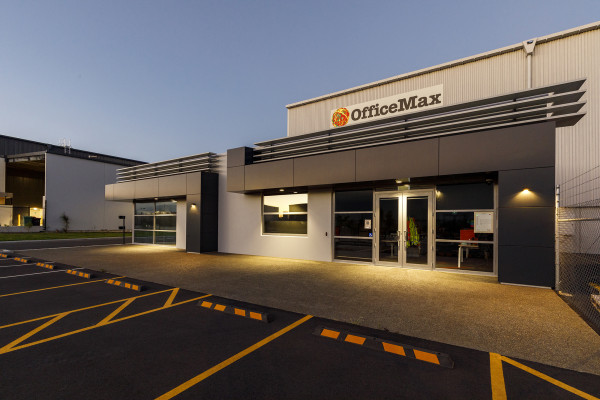Published May 2023
FortHill Property: Industrial Portfolio Positioned for Strong Rental Growth

FortHill Property: Industrial Portfolio Positioned for Strong Rental Growth
The FortHill Property industrial portfolio is a perfect example of how investing in industrial property can provide income growth over time and protect against inflation. Astute investors will have been watching the value of their money diminish over recent years as inflation ate away at the value of holding cash. COVID drove inflation around the globe, and at the same time demand for industrial property also skyrocketed as e-commerce and changes in logistics chains responded to the shocks.
Macro factors and inflation pushed market rents up across the industrial sector. Real assets, like property, perform differently to cash as industrial rents could increase in response to inflation and demand. As a result, current industrial property rents are below market rates, presenting an opportunity for higher returns as rents increase. While nothing is ‘guaranteed inflation proof,’ industrial property has a stronger ability to protect against inflation over time than holding cash.
“FortHill’s investors have held a strong view around the market fundamentals for industrial property,” said Nick Maier, GM of FortHill. “Our in-house analysis suggested strong growth in the core areas, and this picked up in 2022 because of the wider inflation issues and the macro trends.” Maier went on to comment that the inflation-protection features of industrial property performed as expected over recent years and play a strong role in well-constructed investment portfolios.
Inflation affects various aspects of our economy, including investments, savings, and spending patterns. It reduces the purchasing power of money, sometimes quite quickly and sharply. In comparison, the FortHill Property industrial portfolio performed the opposite way, with currently assessments showing the portfolio is under-rented by approximately 20%. This provides an opportunity for the portfolio to have underlying rental growth over time as leases are reset to market rents. FortHill’s listed industrial property peers have had comparable results in their most recently reported results: Goodman Property Trust (NZX: GMT) reported an 18% under-rented portfolio and Property for Industry (NZX: PFI) reported 11%.[1]
It is also FortHill Property’s view that as the economy grows the demand for space is likely to increase further putting additional pressure on rental increases. This indicates further potential increases in future income for investors.

“In my career, I have not witnessed rental and leasing levels in prime industrial assets as robust as those seen in 2022. Premium warehouse and logistics properties set new rental benchmarks during the year.” says head of Colliers Industrial Valuation in Auckland, Mark Parlane. According to Mark, the persistent shortage of available space in the Auckland and Golden Triangle region has seen vacancy levels below 1-2% for several years despite an active development market.
As a result of these trends, population growth, urbanization, and the expansion of the digital economy are creating a favourable demand outlook for industrial property in the area. Auckland industrial rents have recorded robust growth over the past year, with prime rents up 20.3% and secondary rents up 15.6%. [2] The shortage of space means that the portfolio’s properties are likely to appreciate in value over time, providing a hedge in inflation.
While interest rates present a headwind for property investment, industrial property is performing very differently from retail and office property due to the different macro and market drivers. The rise of e-commerce has negatively impacted retail property, leading to reduced demand for retail space. On the other hand, industrial property has benefited from the rise of e-commerce, as customers move their activity into industrial warehouses and logistics centres.[3]
In December 2022 and January 2023, CBRE’s “Auckland Property Market Outlook” and “Auckland Rent & Yield Update” reported that the industrial property sector in Auckland has sustained high demand. The vacancy rate for prime-grade properties is currently only 0.1% and the rate for secondary properties is at a low of 0.7%. Rental trends will continue to reflect current momentum due to the rising development costs and strong supply-demand dynamics.[4]
However, property investment is generally viewed as a medium to long-term strategy as these factors take time to play out and landlords must wait for lease reviews to reset rental rates.
The FortHill property portfolio is no exception as the underlying growth potential for the properties is expected to increase, with Maier commenting “it will take us several years to work through all the lease review periods as our portfolio has long-term leases. The long leases provide stability of income but also take time to gradually catch up. FortHill, and our investors, remain patient long-term investors in industrial property.”
[1] PFI February 2022, Goodman December 2022
[2] CBRE September 2022
[3] Goodman December 2022
[4] PFI Annual Report 2022